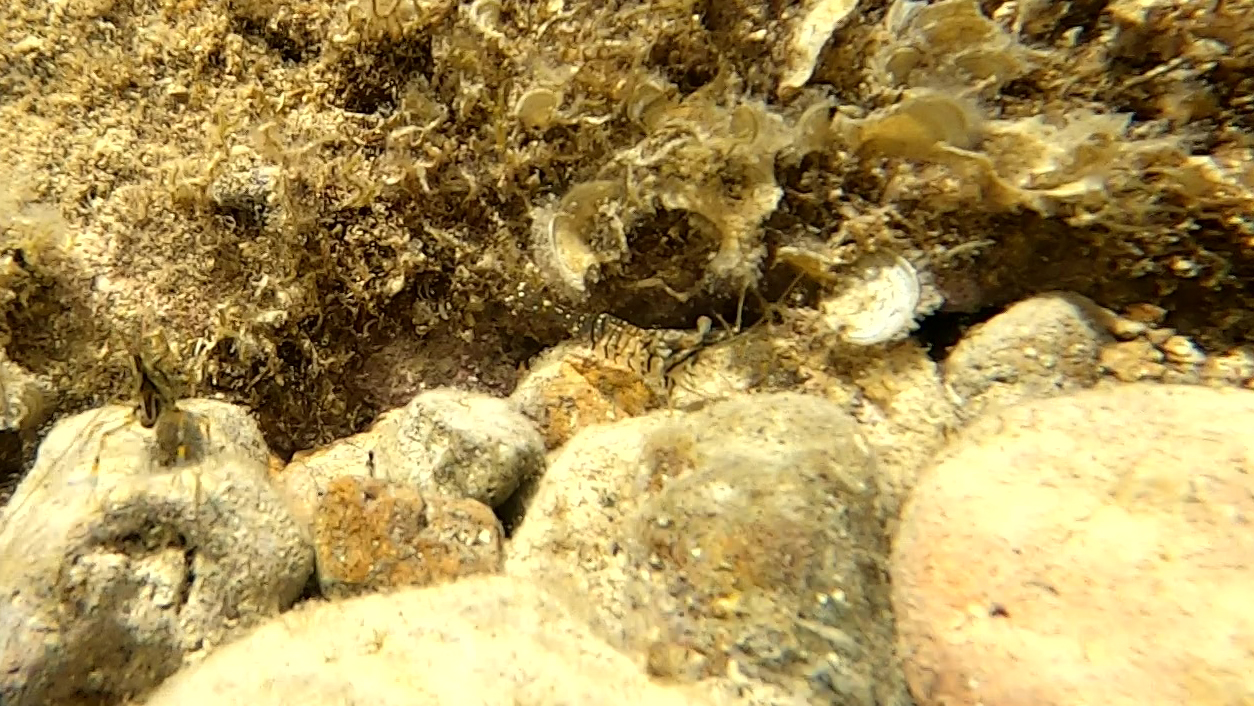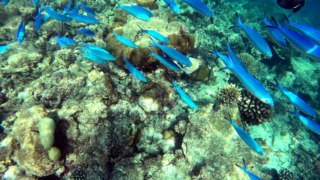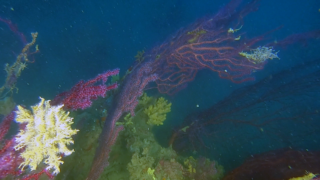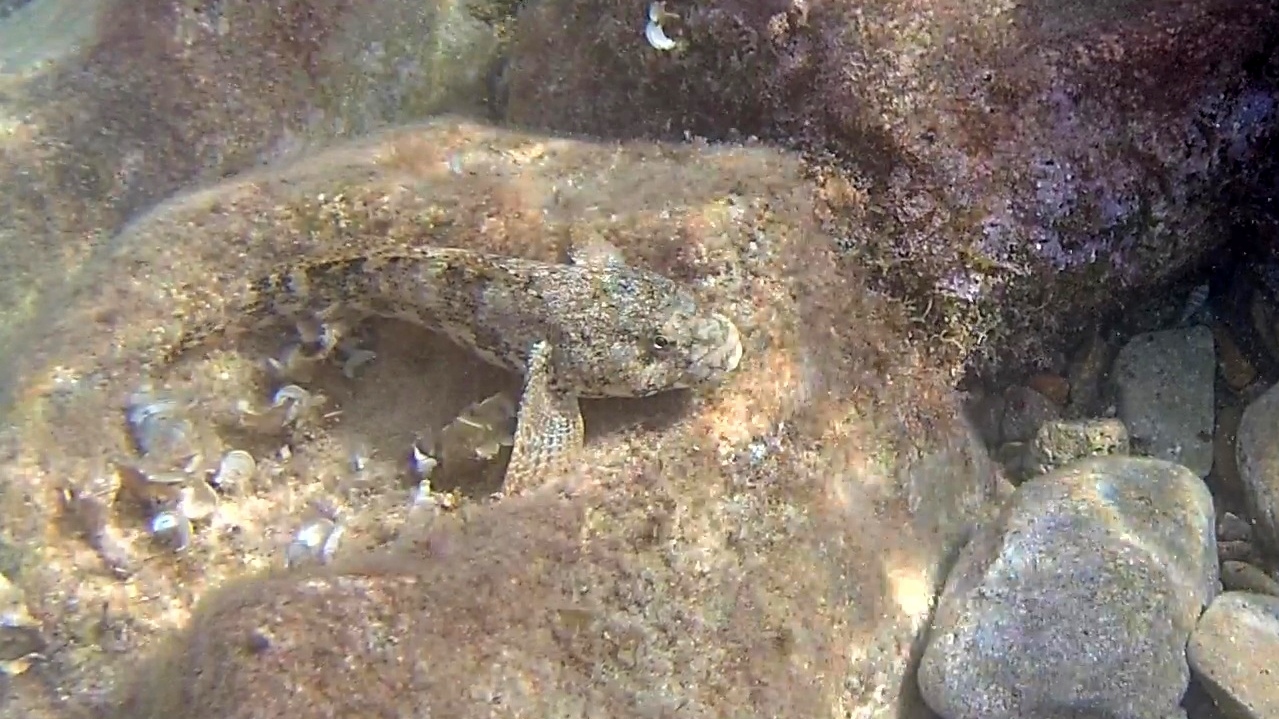
The Giant Goby (Gobius cobitis), Gobiidae are the most numerous family of bony fishes, with over 2000 species divided into 200 different genera. The members of this family, belonging to the Perciformes order, are commonly called gobies. Ghiozzo testone Giant goby intotheblue.it
These fish are widespread in the seas around the world and in the fresh waters of tropical and warm temperate areas. They are much more frequent in tropical regions but there are numerous species also in cold waters such as those of the North Sea or the Baltic Sea. Instead, they are completely absent from the polar seas.
The Gobiidae have for the most part a strictly benthic lifestyle and almost always maintain an intimate contact with the substratum. The Gobiidae are almost all coastal, they can be found in tidal pools and in the first few meters below the sea surface as they disappear into the deeper waters. The majority of the species is adapted to the soft bottom environments but they are very common also among the rocks, in the coralligenous, in the coral reefs and among the Posidonia.
The Testone goby of our movie is easily recognized by the massive head and large in size compared to the body; is among the largest fish of the species it can reach 27-30 cm in length. It was filmed in the Mediterranean Sea.
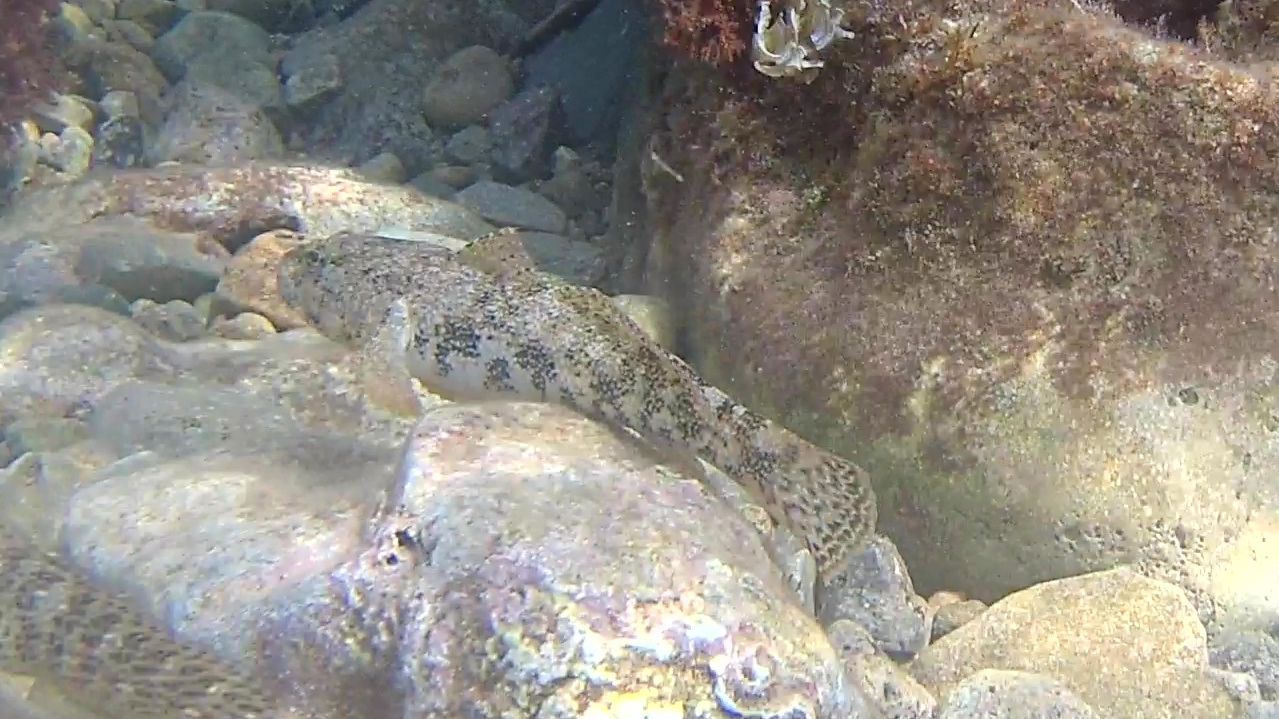
Ghiozzo Testone – The Giant Goby – Gobius Cobitis – intotheblue.it
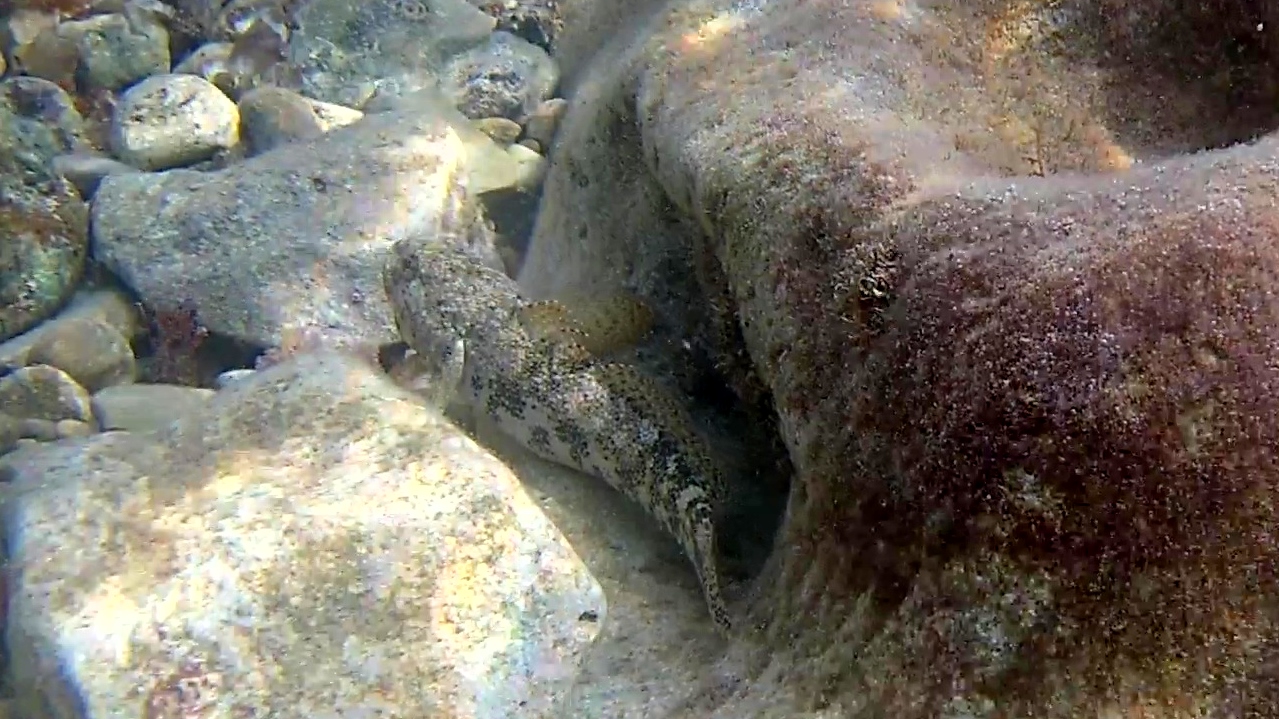
Ghiozzo Testone – The Giant Goby – Gobius Cobitis – intotheblue.it
Generally, they are benthic, or bottom-dwellers. Although few are important as food for humans, they are of great significance as prey species for commercially important fish such as cod, haddock, sea bass and flathfish. Several gobiids are also of interest as aquarium fish, such as the dartfish of the genus Ptereleotris. Phylogenetic relationships of gobiids have been studied using molecular data.
 English
English Italiano
Italiano
